Introduction
The Acne Quality of Life Scale (AQOL) stands as a significant instrument for evaluating the psychosocial and emotional ramifications of acne on an individual’s quality of life. Originally developed by Gupta et al. in 1996, this specialized questionnaire is for use in both clinical and research environments. Acne, while a common dermatological condition, can profoundly affect psychological well-being, social interactions, and overall life satisfaction.
This article aims to provide an in-depth exploration of the AQOL, detailing its key features, structure, applications, scoring methodology, psychometric properties, and practical considerations for its use. Understanding these facets is essential for effectively leveraging the AQOL to enhance patient care and advance dermatological research.
Key Features of the Acne Quality of Life Scale
Purpose and Use
The AQOL specifically measures the multifaceted impact of acne on an individual’s quality of life. Crucially, it delves into how the condition affects daily living, emotional states, and social functioning. Moreover, this tool enables clinicians and researchers to gain a holistic understanding of acne’s burden, encompassing psychological distress such as embarrassment and social withdrawal, alongside daily challenges posed by the condition.
Target Population
The AQOL is available for a broad range of individuals affected by acne. Initially, the normative data starts from age 13 and upwards. Therefore, it is for:
- Adolescents (13-17 years)
- Young Adults (18-24 years)
- Middle-Aged Adults (25-44 years)
- Older Adults (45-64 years)
- Seniors (65+ years)
- Students (High School and College/University)
- Parents (potentially assessing impact on their children or themselves)
- Generally, all acne patients are the target population.
Structure
The AQOL questionnaire is a concise yet comprehensive tool. Specifically, it comprises 12 questions. These items are carefully explore various aspects of a patient’s experience with acne, primarily focusing on:
- Psychological Distress: Questions address feelings of embarrassment, self-consciousness, and emotional responses to acne.
- Social Functioning: The scale probes the extent to which acne leads to social withdrawal or impacts interactions.
- Daily Challenges: It also touches upon how acne interferes with daily activities or routines.
Scoring Method
Interpreting AQOL scores is straightforward. Each of the 12 items is rated on a 4-point Likert scale, with responses ranging from “not at all” (0) to “very much” (3). Subsequently, the total score is calculated by summing the responses to all items, resulting in a score range from 0 to 27. Importantly, higher scores on the AQOL indicate a greater impairment in quality of life due to acne. There are no specific cut-off scores defined for diagnosis; rather, the scale provides a continuous measure of impact.
Administration Format
The AQOL offers flexibility in administration and can be completed via:
- Paper-based forms
- Digital (Online) platforms
- Interviews (In-person)
- Phone/Video Call
No special training is necessary to administer or interpret the AQOL, as it is self-administered and easily managed by healthcare staff. Administration is typically quick, estimated at less than 5 minutes.
Applications of the Acne Quality of Life Scale
The AQOL demonstrates significant utility across various clinical and research settings. For instance, in clinical practice, healthcare providers can use the AQOL for:
- Screening: Identifying individuals whose quality of life is substantially affected by acne.
- Monitoring: Tracking changes in quality of life over time or in response to treatment. This helps in tailoring interventions to address not just the physical symptoms of acne but also its psychosocial consequences.
Furthermore, in research, the AQOL serves as a valuable tool for:
- Collecting data on the psychosocial burden of acne across different populations.
- Evaluating the effectiveness of various acne treatments in improving quality of life.
- Contributing to studies exploring the broader impact of dermatological conditions.
Languages and Availability
Currently, the AQOL is available in English. The questionnaire is free to use for non-commercial purposes and has an open access license type.
Reliability and Validity
The AQOL has demonstrated moderate reliability and validity in assessing acne-specific quality of life. Key psychometric properties include:
- Cronbach’s Alpha: 0.91, indicating good internal consistency.
- Test-Retest Reliability: 0.98, suggesting excellent stability over time.
Limitations and Considerations
Despite its utility, researchers and clinicians should be aware of the AQOL’s limitations. These include:
- Self-report measure: Responses can be influenced by subjective perceptions and social desirability bias.
- Cultural Bias: As with many questionnaires, cultural factors may influence responses, and its validation across diverse cultures might be limited.
- Language Barriers: Currently, its availability primarily in English can be a limitation for non-English speaking populations.
- Limited Validation Studies: Compared to some other instruments, there might be fewer validation studies, particularly in diverse populations. The provided data explicitly mentions “Limited Validation Studies” as a limitation and notes historical use but weaker validity compared to Acne-QoL.
Additional Resources
For more information on the AQOL and to access the full questionnaire, visit the following resources:
- A direct link to the Original Validation Study
- You can access the questionnaire as a PDF through this link
- Additional validation study through the following link
Frequently Asked Questions (FAQ)
- Who can use the AQOL?
Clinicians, researchers, and healthcare providers can use the AQOL for individuals aged 13 and older who are affected by acne. This includes adolescents, young adults, and older adults experiencing psychosocial impacts from their skin condition. - How long does it take to complete the AQOL?
Patients typically take less than 5 minutes to complete the AQOL. Consequently, its brevity makes it highly feasible for use in busy clinical settings and time-constrained research protocols. - How is the AQOL administered?
Healthcare teams can administer the AQOL through various formats, thereby offering flexibility. These include traditional paper-based versions, digital online surveys, and structured interviews, either in-person or via phone/video call.
- Is there any cost to using the AQOL?
The AQOL is free for use. It operates under an open access license, meaning no payment or specific permissions are typically required for non-commercial clinical or research applications.
A word from ResRef about Acne Quality of Life Scale
The Acne Quality of Life Scale (AQOL) is a valuable and empowering tool designed to assess the psychological and social impact of acne on individuals’ lives. By providing structured insights into how acne affects self-perception, social interactions, and emotional well-being, this questionnaire supports a more holistic approach to patient care.
References
- Gupta, M. A., Gupta, A. K., Schork, N. J., Ellis, C. N., & Voorhees, J. J. (1998). Development and validity of a new questionnaire for evaluating the psychosocial and emotional effects of acne. Acta Dermato-Venereologica, 76(Supplement 202), 43-48. Link


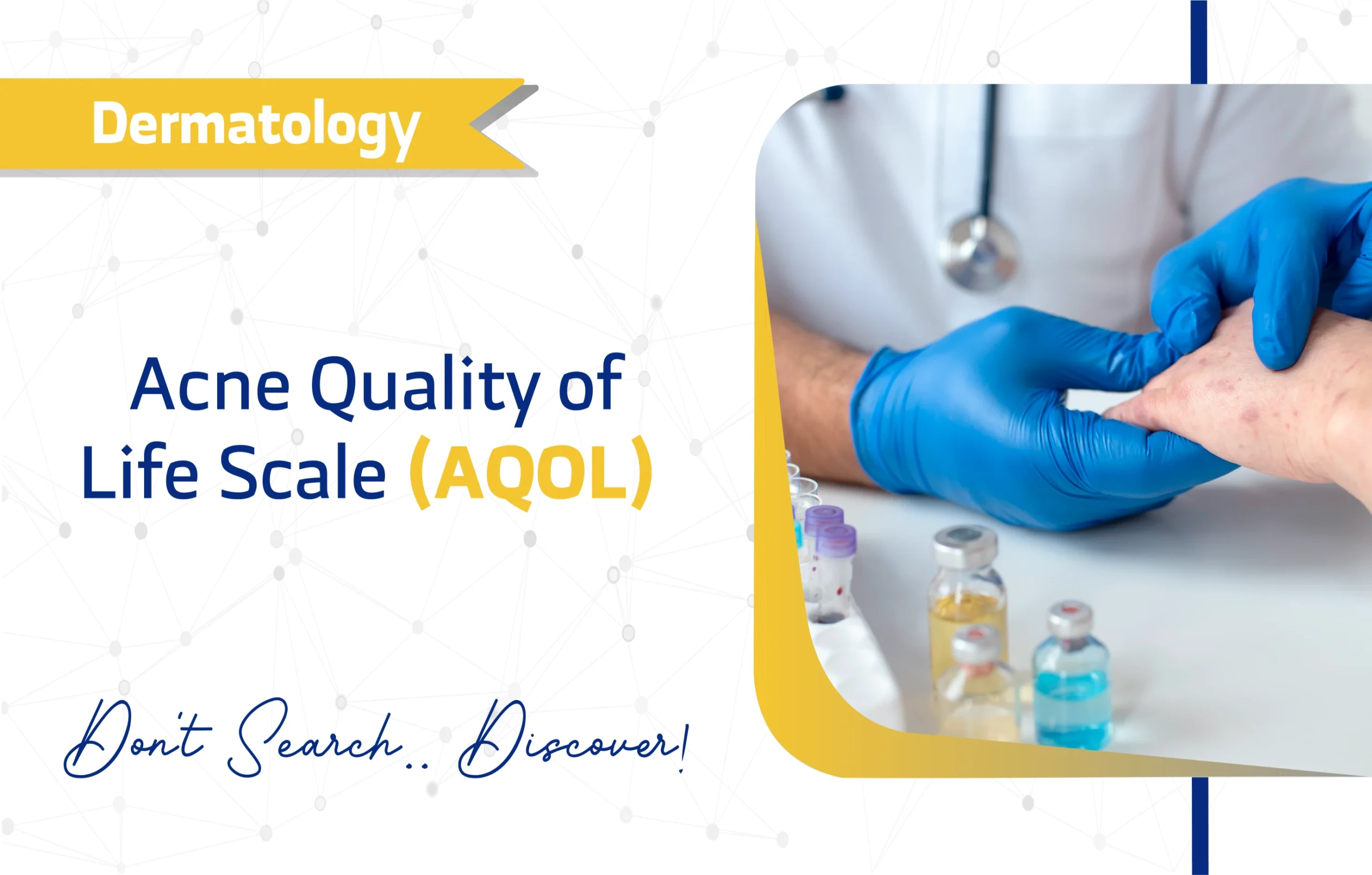
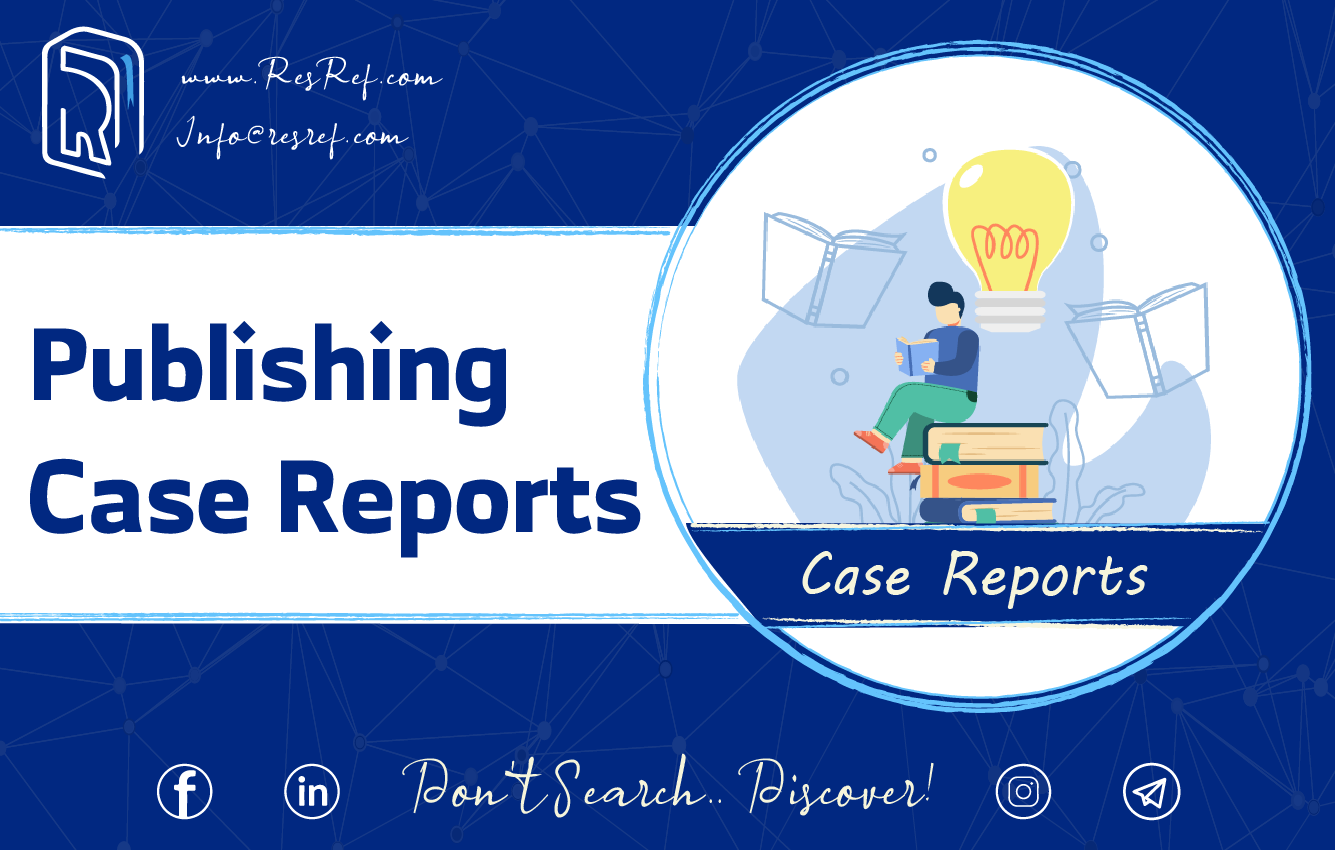
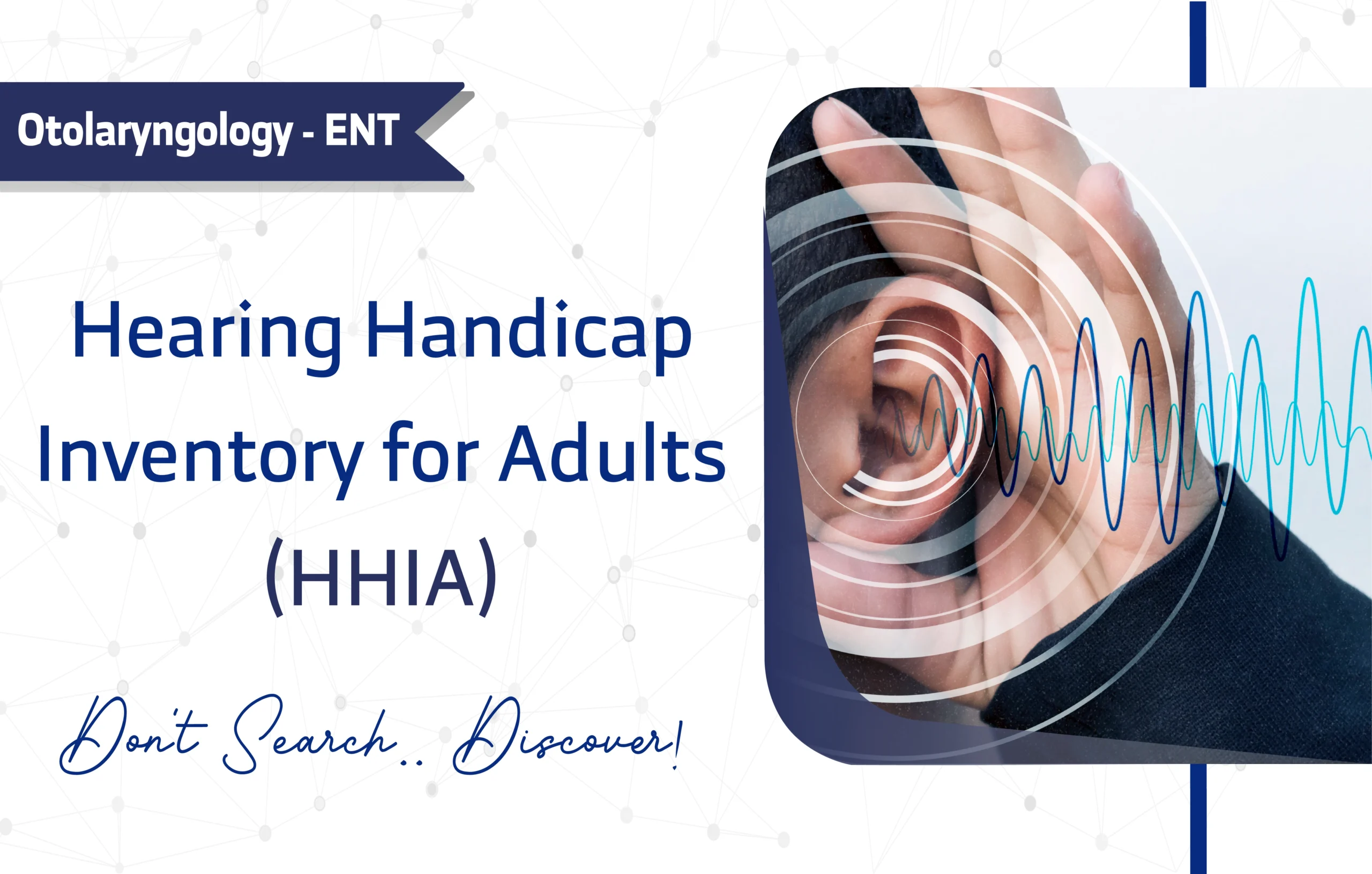
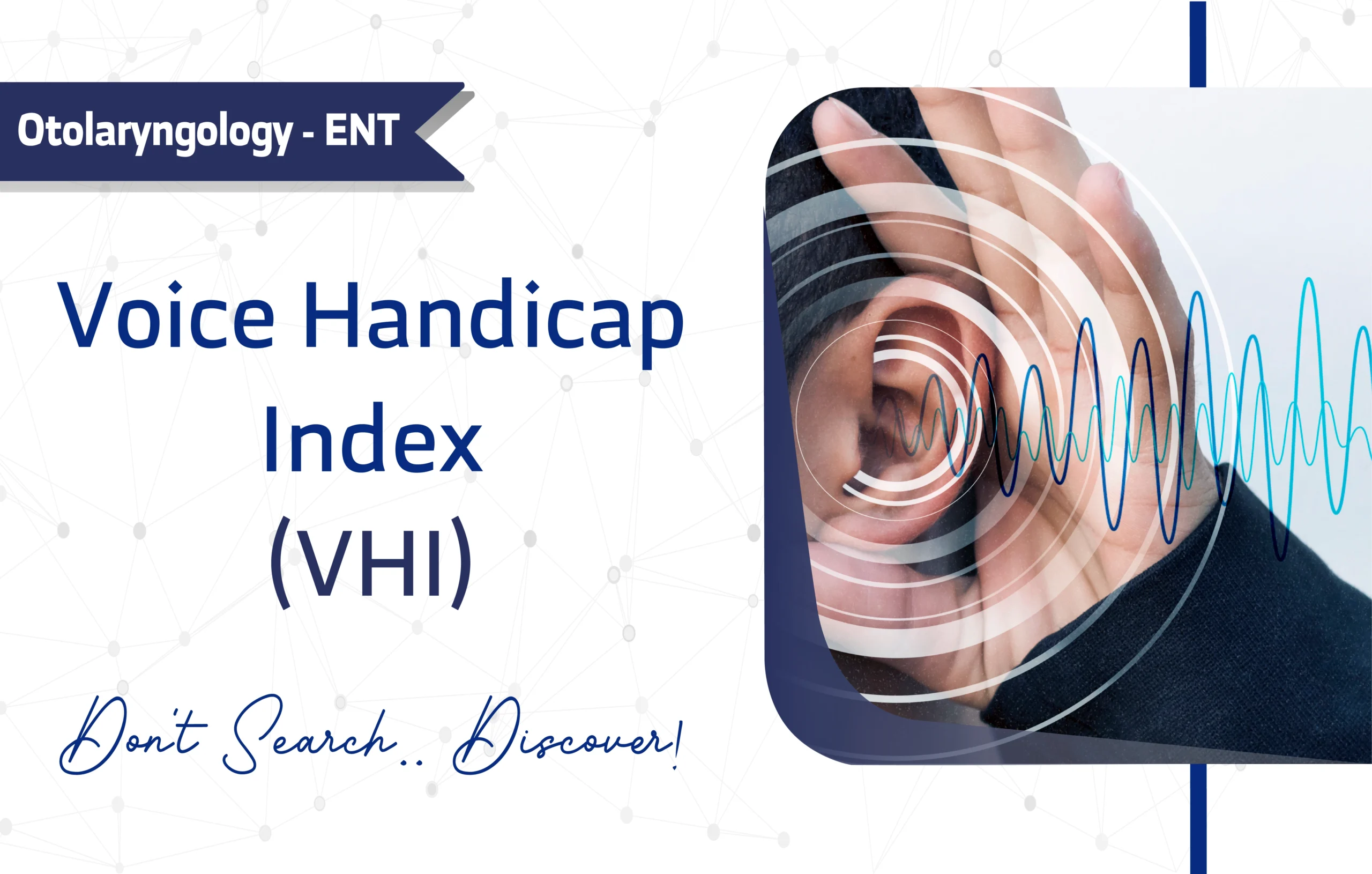
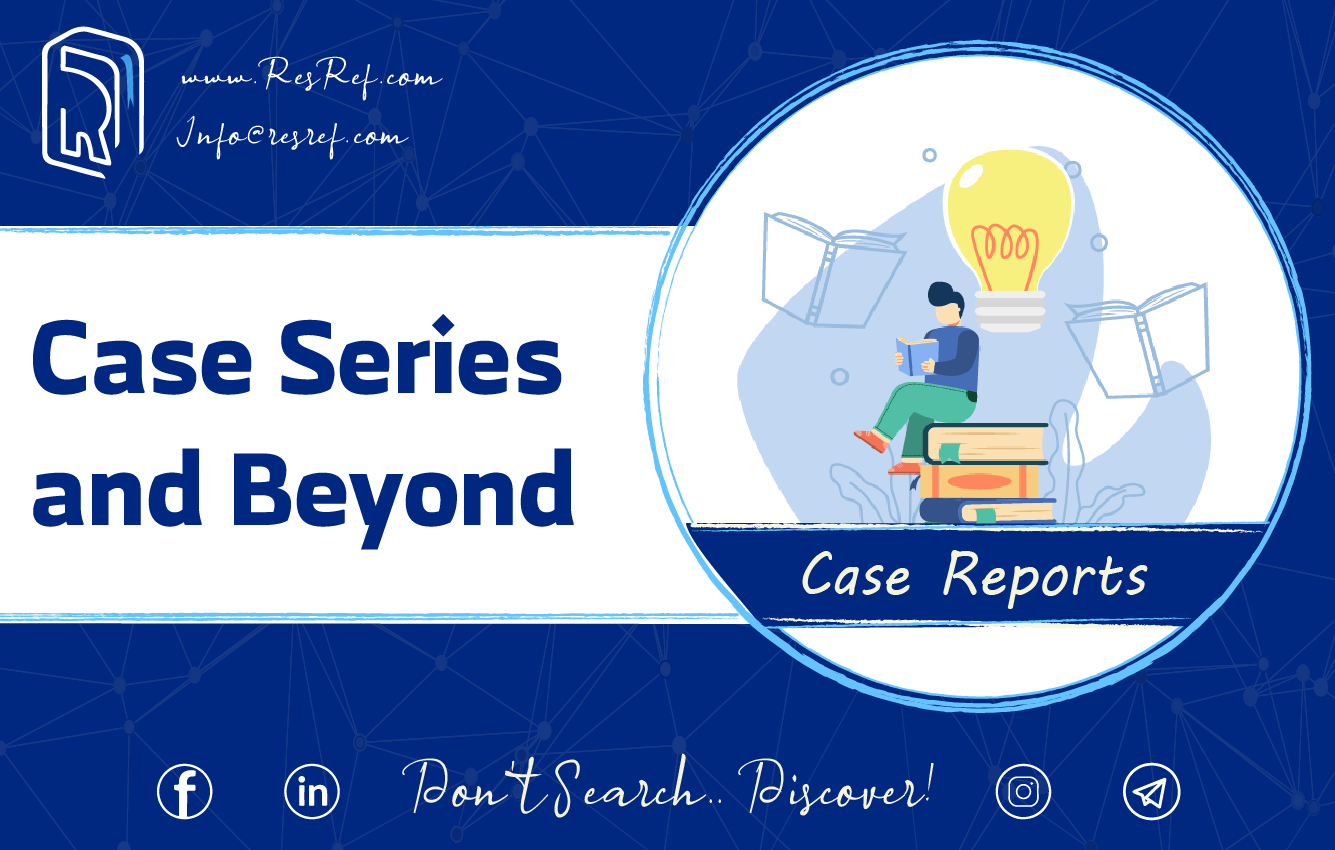
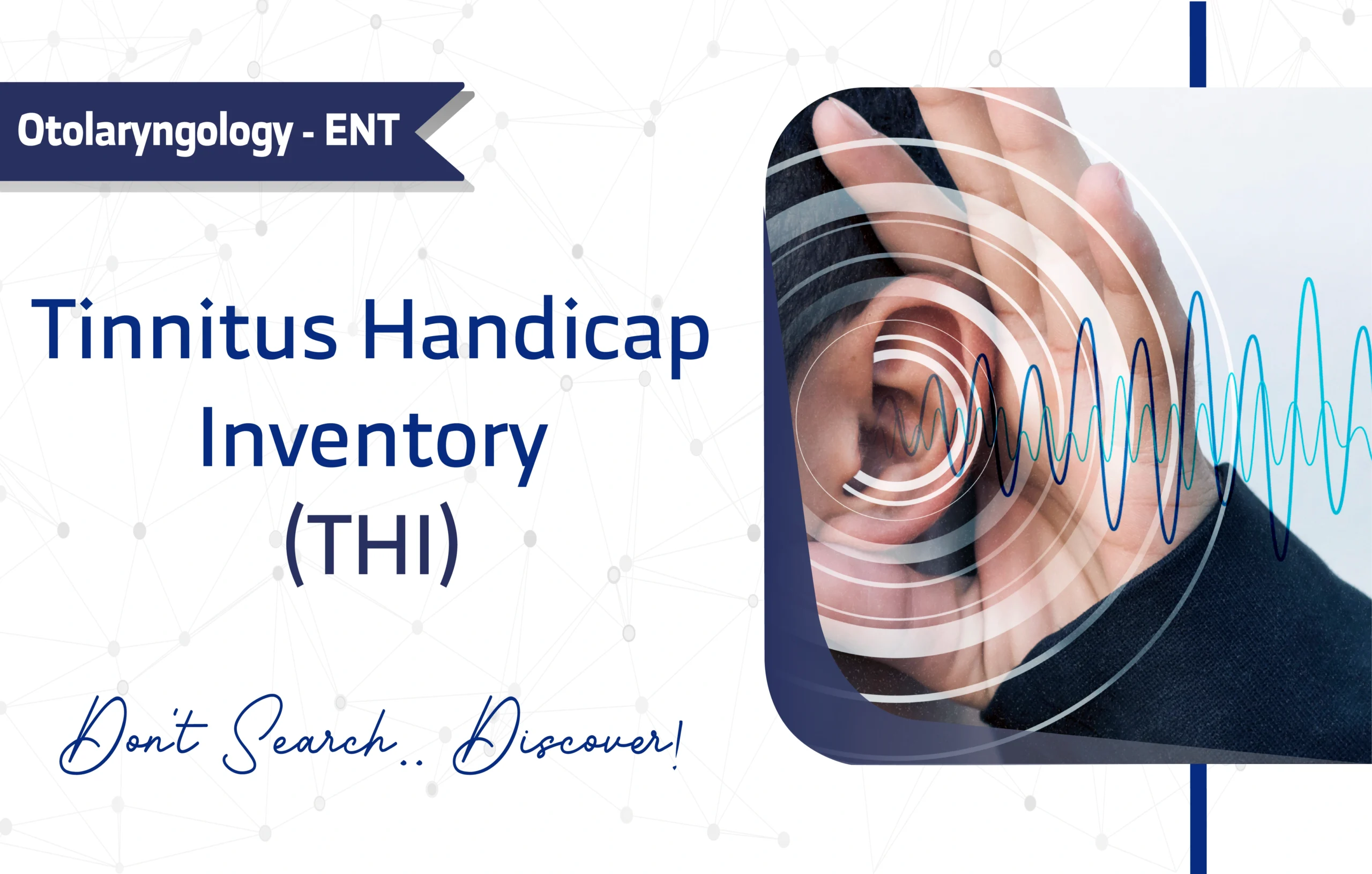
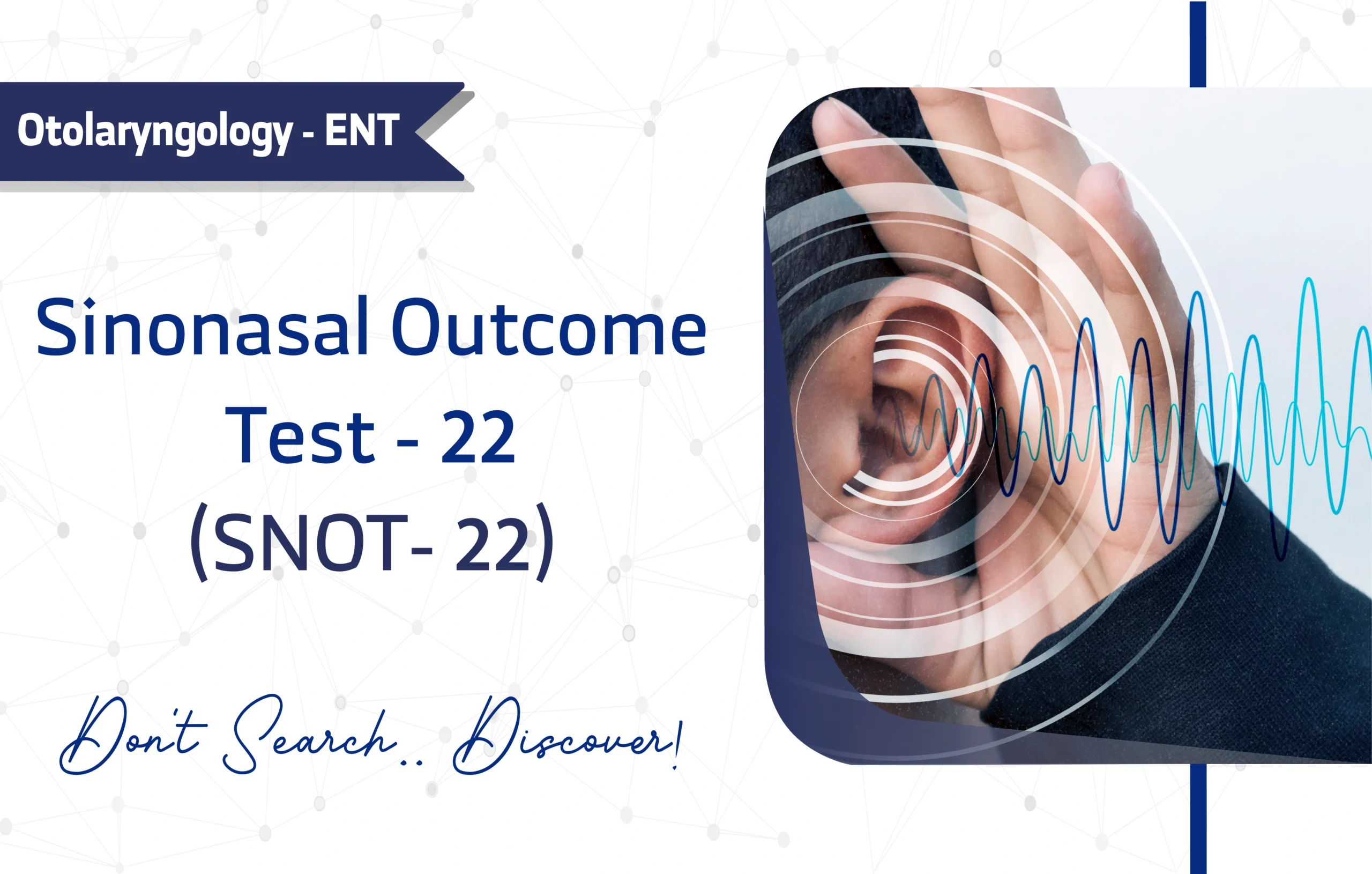
1 thought on “Acne Quality of Life Scale (AQOL): A Full Guide for Researchers and Clinicians”
Really nice style and superb written content, hardly anything else we require : D.